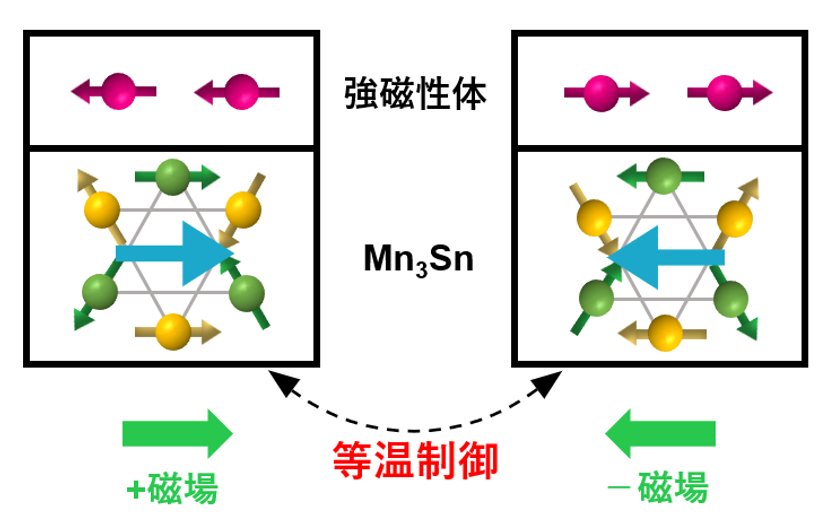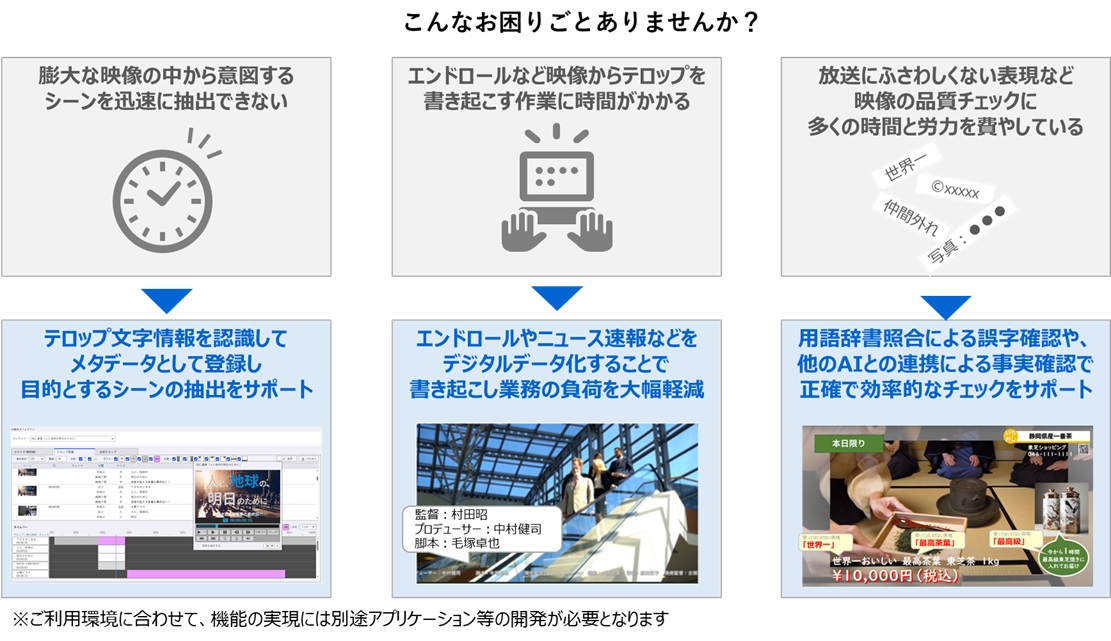2025-06-18 北海道大学,新潟大学

ダイヤモンドの結晶構造と様々な原子空孔
<関連情報>
- https://www.hokudai.ac.jp/news/2025/06/post-1927.html
- https://www.hokudai.ac.jp/news/pdf/250618_pr.pdf
- https://journals.jps.jp/doi/10.7566/JPSJ.94.073602
人工ダイヤモンドの弾性ソフト化 Elastic Softening in Synthetic Diamonds
Tatsuya Yanagisawa, Ruo Hibino, Hiroyuki Hidaka, Hiroshi Amitsuka, Toshiyuki Tashima, Mitsuhiro Akatsu, …
Journal of Physical Society of Japan Published: June 11, 2025
DOI:https://doi.org/10.7566/JPSJ.94.073602
Abstract
This study reveals a previously unreported phenomenon: elastic softening in synthetic diamonds at temperatures below 1 K. We present ultrasonic measurements on single-crystalline, non-irradiated synthetic diamonds — specifically, type-IIa (colorless) and type-Ib (yellow) samples grown by high-pressure high-temperature (HPHT) synthesis, as well as type-IIa diamonds grown by chemical vapor deposition (CVD). A pronounced, divergent decrease in the elastic stiffness constant C44 was observed in all samples down to 20 mK. We attribute this softening to electric quadrupolar degrees of freedom with an irreducible representation T2 in the diamonds. However, the microscopic origin of this effect remains unclear. Drawing an analogy to behavior observed in silicon, we suggest the presence of an as-yet-unidentified, defect-derived quantum ground state with T1 or T2 symmetry, present at ppb-level concentrations in all three diamonds studied.



